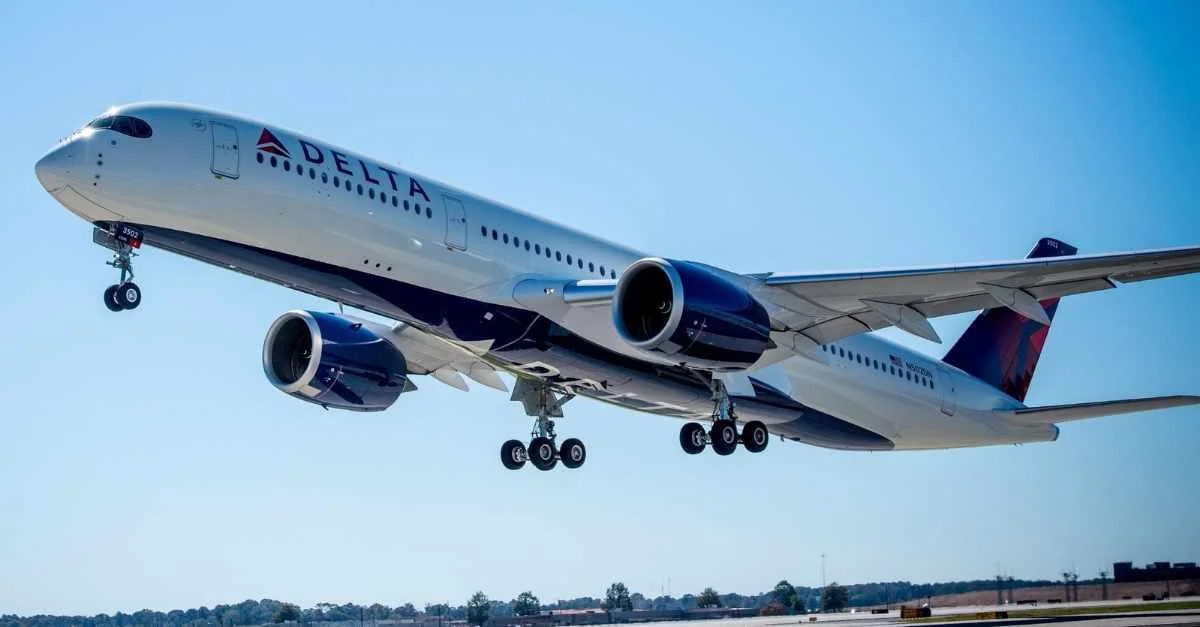The history of U.S. military surveillance aircraft is a story of innovation and strategic advancements that began during the Civil War with the establishment of the Balloon Corps. This early use of lighter-than-air aircraft set the stage for future developments in military aviation, including heavier-than-air reconnaissance planes.
One notable aircraft from World War II was the Lockheed P-38 Lightning. A total of 10,037 units were built, serving as fighters, fighter-bombers, and aerial reconnaissance planes from 1941 to 1949. The P-38 was responsible for capturing approximately 90% of U.S. aerial film over Europe during WWII. "Upon its official introduction in 1940," Lockheed states, "the P-38 was capable of climbing to 3,300 feet in a single minute and reaching 400 mph."
Another significant WWII-era aircraft was the Consolidated PBY Catalina. With 3,308 units built between 1936 and 1957, this maritime patrol bomber played a crucial role in long-range naval patrols and anti-submarine operations. According to the National Air And Space Museum, Catalinas were instrumental at the Battle of Midway: "They [PBY Catalinas] were also excellent at long-range reconnaissance and proved to be a critical component to the American victory."
 Alerts Sign-up
Alerts Sign-up





































